Home>Gardening & Outdoor>Outdoor Recreation & Activities>What Size Pump For A Swimming Pool
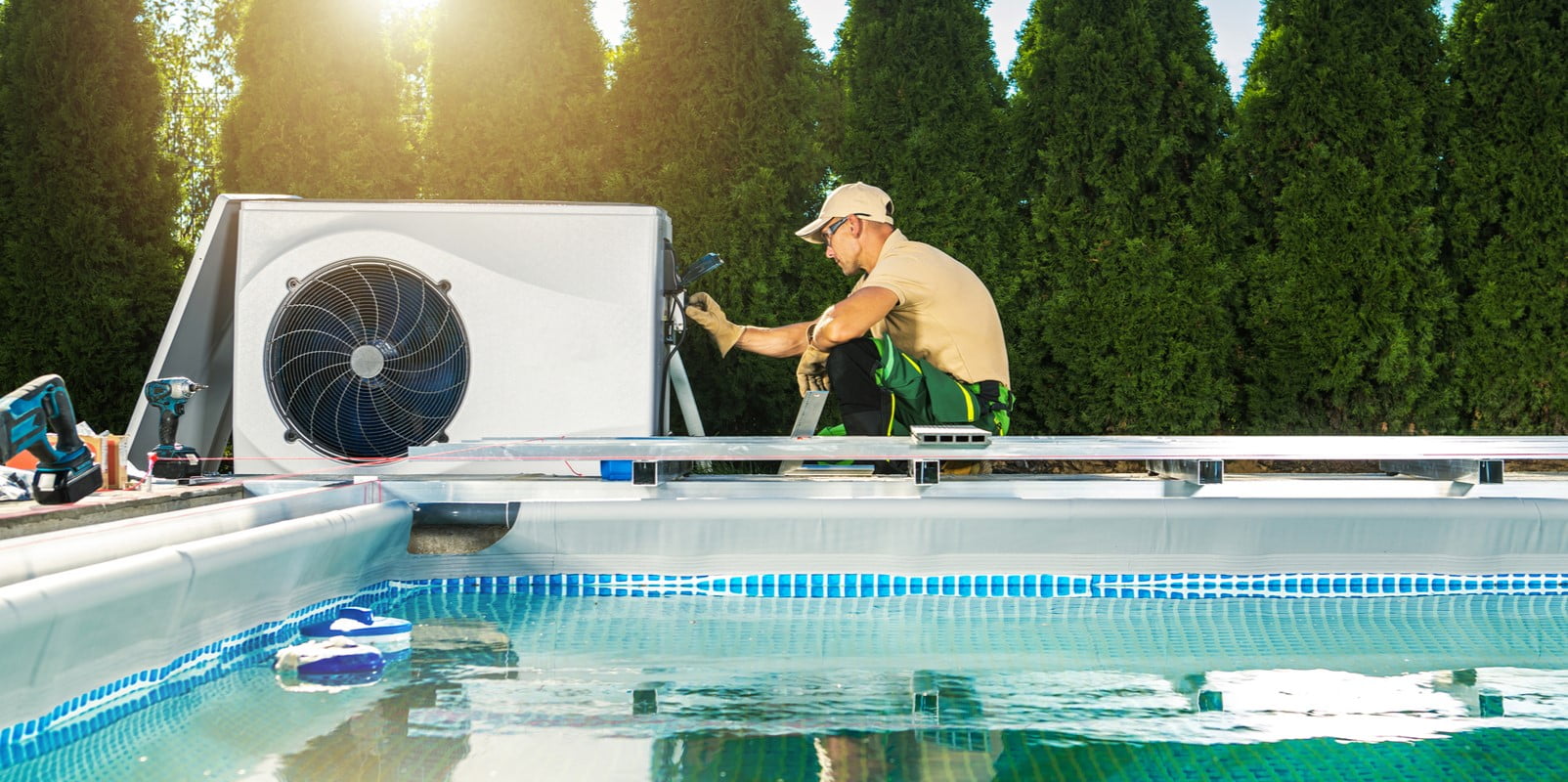

Outdoor Recreation & Activities
What Size Pump For A Swimming Pool
Published: February 18, 2024
Find the right pump size for your swimming pool with our outdoor recreation and activities guide. Ensure optimal performance and efficiency.
(Many of the links in this article redirect to a specific reviewed product. Your purchase of these products through affiliate links helps to generate commission for Storables.com, at no extra cost. Learn more)
Introduction
When it comes to maintaining a sparkling and inviting swimming pool, the size of the pump plays a crucial role in ensuring optimal performance. A well-chosen pump size not only keeps the water clean and clear but also contributes to energy efficiency and cost-effectiveness. Whether you're a seasoned pool owner or a novice considering a new pool installation, understanding the significance of the pump size is essential for a hassle-free and enjoyable pool experience.
The pump serves as the heart of the pool's circulation system, responsible for pulling water from the pool, passing it through the filter to remove impurities, and returning the clean water back into the pool. The efficiency of this process is directly influenced by the pump's size, as it determines the flow rate and turnover capacity. A pump that is too small may struggle to circulate the water effectively, leading to poor filtration and chemical distribution, while an oversized pump can result in unnecessary energy consumption and increased operational costs.
In this comprehensive guide, we will delve into the factors that should be considered when selecting a pump size for your swimming pool. By understanding these key elements, you can make an informed decision that aligns with the specific requirements of your pool, ultimately ensuring optimal performance and longevity of your pool equipment.
From the size and type of your pool to the desired flow rate and turnover frequency, each aspect plays a pivotal role in determining the most suitable pump size. By exploring these factors in detail, you will gain valuable insights into the dynamics of pool pump sizing, empowering you to make a well-informed choice that caters to the unique needs of your pool.
Let's embark on this journey to unravel the intricacies of pump sizing, equipping you with the knowledge needed to make a confident and effective decision for your swimming pool.
Key Takeaways:
- Choosing the right pump size for your pool is crucial for clean water and cost efficiency. Consider factors like pool size, flow rate, and energy efficiency to make an informed decision.
- Different pool types require different pump sizes. From above-ground to commercial pools, understanding the specific pump size needs ensures optimal water quality and performance.
Read more: What Is A Standard Size Swimming Pool
Factors to Consider When Choosing a Pump Size
When determining the appropriate pump size for your swimming pool, several crucial factors come into play, each exerting a significant influence on the overall performance and efficiency of the circulation system. Understanding these factors is essential for making an informed decision that aligns with the specific requirements of your pool.
-
Pool Size and Volume: The dimensions and water volume of your pool are fundamental considerations when selecting a pump size. Larger pools necessitate pumps with higher flow rates to ensure adequate circulation and filtration. Conversely, smaller pools require pumps with lower flow rates to prevent excessive water agitation.
-
Flow Rate Requirements: The desired flow rate, measured in gallons per minute (GPM), is a critical factor in pump sizing. It determines the speed at which the water is circulated and filtered. Factors such as pool size, plumbing configuration, and the presence of additional water features influence the required flow rate.
-
Turnover Frequency: The turnover rate refers to the frequency at which the entire pool volume is circulated and filtered. For residential pools, a turnover of 8 to 12 hours is typically recommended. Calculating the turnover rate helps determine the minimum flow rate required for the pump to maintain optimal water quality.
-
Plumbing and Head Loss: The plumbing layout and head loss, which refers to the resistance encountered by water as it moves through the circulation system, impact the pump's performance. Factors such as pipe diameter, length, and elevation changes influence the total dynamic head (TDH) and must be considered when sizing the pump.
-
Filter Compatibility: The pump size should be compatible with the filter's flow rate capacity to ensure efficient filtration. A well-matched pump and filter combination optimize the filtration process, preventing potential issues such as filter clogging and reduced water clarity.
-
Energy Efficiency: Selecting a pump size that aligns with the pool's requirements promotes energy efficiency. Over-sizing a pump can lead to unnecessary energy consumption, while an undersized pump may struggle to maintain adequate circulation, compromising energy efficiency and overall performance.
-
Additional Features: If your pool incorporates features such as waterfalls, spa jets, or solar heating systems, these elements impact the pump's flow rate requirements. Factoring in the additional demands imposed by such features is essential for choosing the right pump size.
By carefully evaluating these factors, you can make a well-informed decision when selecting a pump size for your swimming pool. Each aspect plays a pivotal role in ensuring optimal circulation, filtration, and energy efficiency, ultimately contributing to a pristine and inviting pool environment.
Determining the Right Pump Size for Your Pool
Selecting the right pump size for your pool is a critical decision that directly impacts the efficiency and performance of your pool's circulation system. To ensure optimal water circulation, filtration, and energy efficiency, it is essential to follow a systematic approach in determining the appropriate pump size tailored to your pool's specific requirements.
Calculating Flow Rate and Turnover Frequency
The first step in determining the right pump size involves calculating the required flow rate based on the pool's volume and the desired turnover frequency. The flow rate, typically measured in gallons per minute (GPM), dictates the speed at which the water is circulated and filtered. To calculate the flow rate, divide the total pool volume by the desired turnover period in minutes. For instance, a pool with a volume of 20,000 gallons aiming for an 8-hour turnover would require a flow rate of approximately 42 GPM.
Considering Plumbing and Head Loss
The next consideration involves evaluating the plumbing layout and head loss within the circulation system. Factors such as pipe diameter, length, and elevation changes contribute to the total dynamic head (TDH), representing the resistance encountered by the water as it moves through the plumbing. By accounting for the TDH, you can determine the total head pressure the pump needs to overcome, ensuring adequate water circulation and filtration.
Read more: What Size Is An Olympic Swimming Pool
Matching Pump Size with Filter Capacity
Ensuring compatibility between the pump size and the filter's flow rate capacity is crucial for efficient filtration. The pump's flow rate should align with the filter's capacity to handle the water volume effectively. A well-matched pump and filter combination optimize the filtration process, preventing issues such as filter clogging and maintaining superior water clarity.
Factoring in Additional Features
If your pool incorporates additional features such as waterfalls, spa jets, or solar heating systems, it is imperative to consider their impact on the pump's flow rate requirements. These features impose additional demands on the pump, necessitating a comprehensive assessment to accommodate the varying flow rate needs and ensure consistent performance across all pool components.
By meticulously evaluating these factors and calculations, you can confidently determine the right pump size for your pool. This tailored approach ensures that the pump effectively meets the circulation and filtration demands while promoting energy efficiency, ultimately contributing to a pristine and inviting pool environment.
Common Pump Sizes for Different Pool Types
When it comes to selecting the appropriate pump size for your swimming pool, the specific characteristics of your pool type play a pivotal role in determining the most suitable option. Different pool types, such as above-ground pools, in-ground pools, and commercial pools, have distinct requirements based on their size, volume, and circulation dynamics. Understanding the common pump sizes for various pool types is essential for making an informed decision that aligns with the unique demands of your pool.
Above-Ground Pools
For above-ground pools, which are typically smaller in size compared to in-ground pools, pump sizes commonly range from 0.75 horsepower (HP) to 1.5 HP. The flow rate requirements for above-ground pools are generally lower due to their reduced water volume. A pump with a flow rate of approximately 30 to 60 gallons per minute (GPM) is often sufficient to ensure adequate circulation and filtration for these pools. Additionally, above-ground pool pumps are designed to be compatible with the smaller plumbing systems typically found in these pool types.
Read more: What Is An Infinity Swimming Pool
In-Ground Pools
In-ground pools, known for their larger size and greater water volume, require pumps with higher flow rates to facilitate efficient circulation and filtration. Common pump sizes for in-ground pools typically range from 1 HP to 2 HP, with flow rates averaging between 60 to 100 GPM. The larger dimensions of in-ground pools necessitate pumps that can effectively circulate and filter a greater volume of water within a reasonable turnover period, ensuring consistent water quality and clarity.
Commercial Pools
Commercial pools, including those found in hotels, resorts, and community centers, often feature substantial water volumes and complex circulation systems. As a result, the pump sizes for commercial pools are significantly larger compared to residential pools. Pump sizes for commercial pools commonly range from 3 HP to 10 HP or more, with flow rates exceeding 100 GPM. These robust pumps are designed to handle the substantial water circulation demands of commercial pool facilities, ensuring optimal water quality and compliance with stringent health and safety regulations.
Specialty Pools and Water Features
Specialty pools, such as those equipped with waterfalls, fountains, or intricate water features, require tailored pump sizes to accommodate the additional flow rate demands imposed by these elements. Pumps for specialty pools and water features are selected based on the specific requirements of the unique design, with flow rates and horsepower tailored to ensure effective water circulation and feature operation.
By understanding the common pump sizes for different pool types, you can make a well-informed decision when selecting a pump size for your specific pool. Tailoring the pump size to align with the unique characteristics and circulation dynamics of your pool type is essential for maintaining optimal water quality, energy efficiency, and overall performance.
Conclusion
Selecting the right pump size for your swimming pool is a pivotal decision that directly influences the efficiency, performance, and overall enjoyment of your pool. By considering essential factors such as pool size, flow rate requirements, turnover frequency, plumbing dynamics, and filter compatibility, you can make an informed choice that aligns with the specific needs of your pool. Additionally, factoring in energy efficiency, additional features, and the unique characteristics of your pool type ensures a comprehensive approach to pump sizing.
Understanding the significance of pump size in relation to pool maintenance and water quality underscores the importance of a tailored and meticulous selection process. Whether you have an above-ground pool, in-ground pool, or commercial pool, the pump size plays a crucial role in maintaining optimal water circulation, filtration, and energy efficiency. By recognizing the distinct pump size requirements for different pool types, you can make a well-informed decision that caters to the specific demands of your pool, ultimately contributing to a pristine and inviting pool environment.
By following a systematic approach to determine the right pump size, including calculating flow rates, evaluating plumbing dynamics, and factoring in additional features, you can ensure that the pump effectively meets the circulation and filtration demands while promoting energy efficiency. This tailored approach not only enhances the overall performance of your pool but also contributes to cost-effectiveness and long-term equipment durability.
In conclusion, the process of selecting the right pump size for your swimming pool is a multifaceted endeavor that requires careful consideration of various factors. By leveraging the insights provided in this guide, you are empowered to make a confident and effective decision that optimizes the performance, energy efficiency, and longevity of your pool's circulation system. Embracing the intricacies of pump sizing enables you to create a harmonious and inviting pool environment, ensuring that your pool remains a source of relaxation, recreation, and enjoyment for years to come.
Frequently Asked Questions about What Size Pump For A Swimming Pool
Was this page helpful?
At Storables.com, we guarantee accurate and reliable information. Our content, validated by Expert Board Contributors, is crafted following stringent Editorial Policies. We're committed to providing you with well-researched, expert-backed insights for all your informational needs.
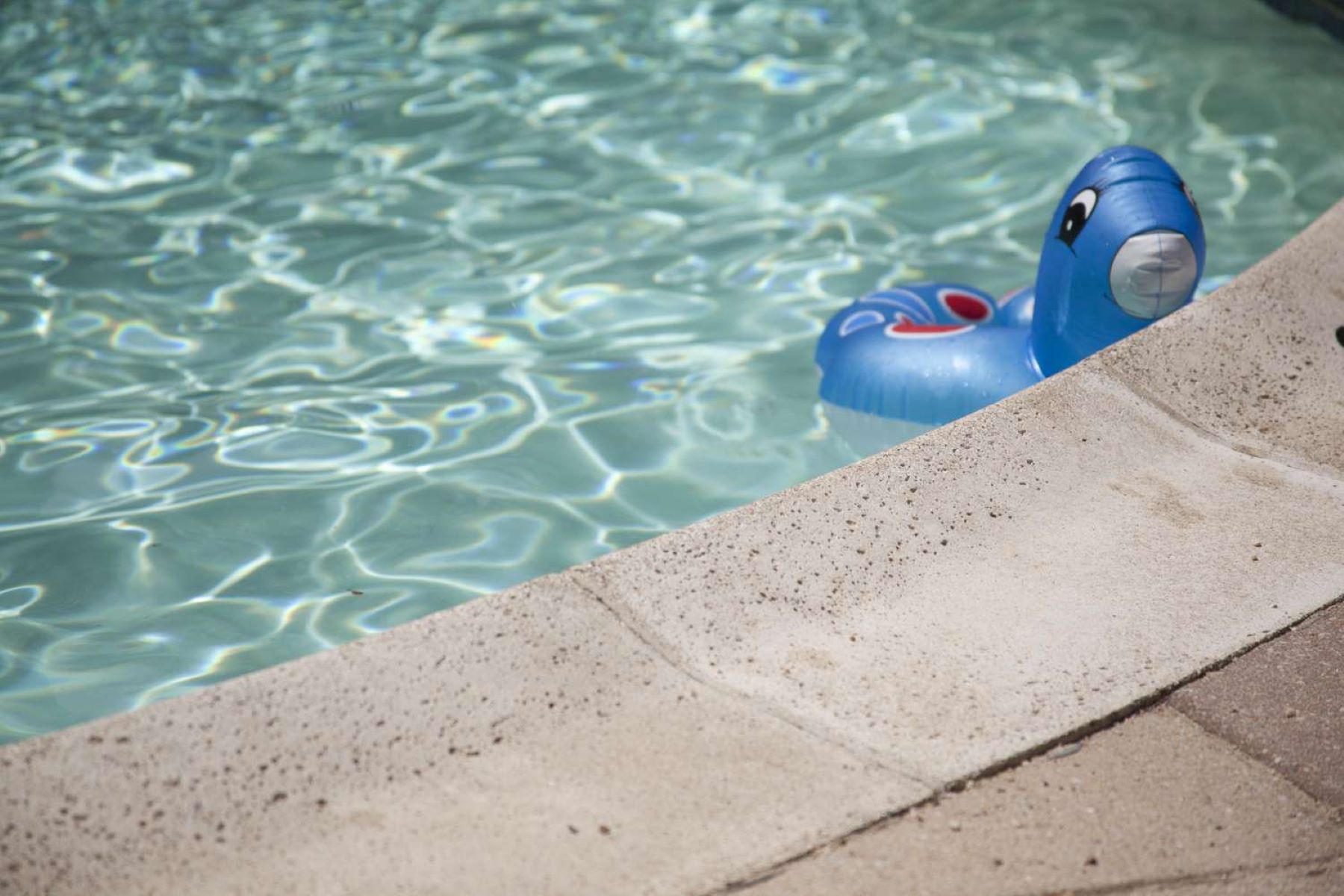
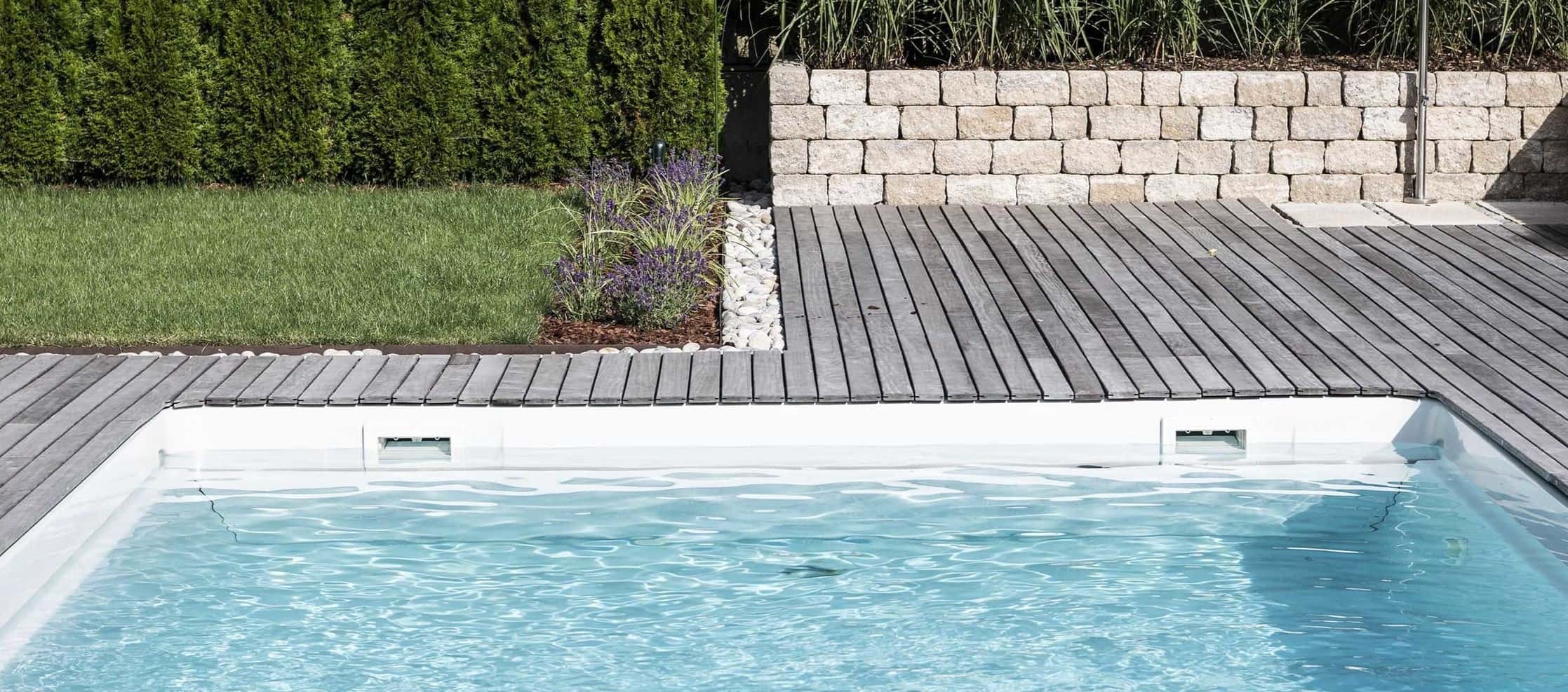

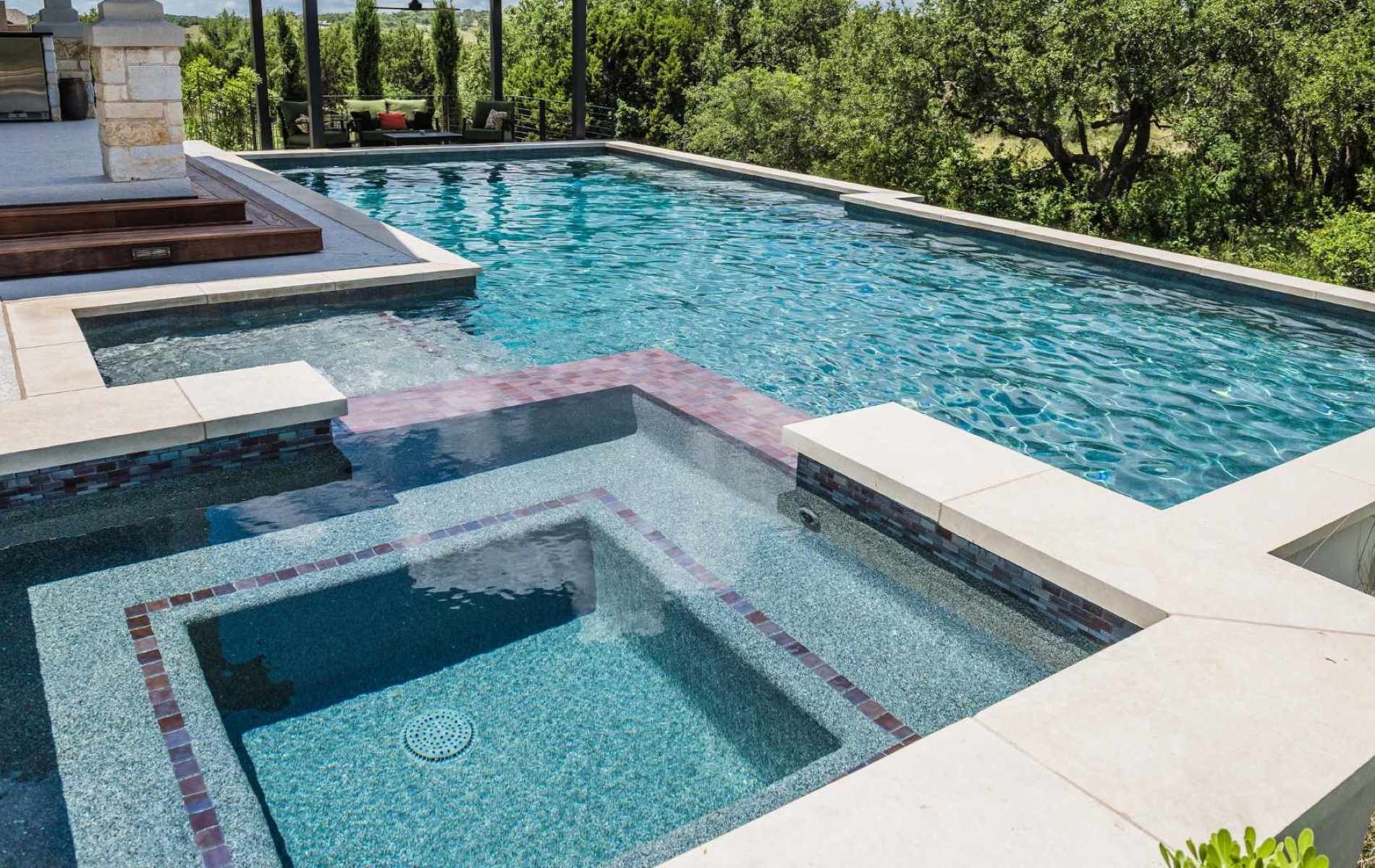
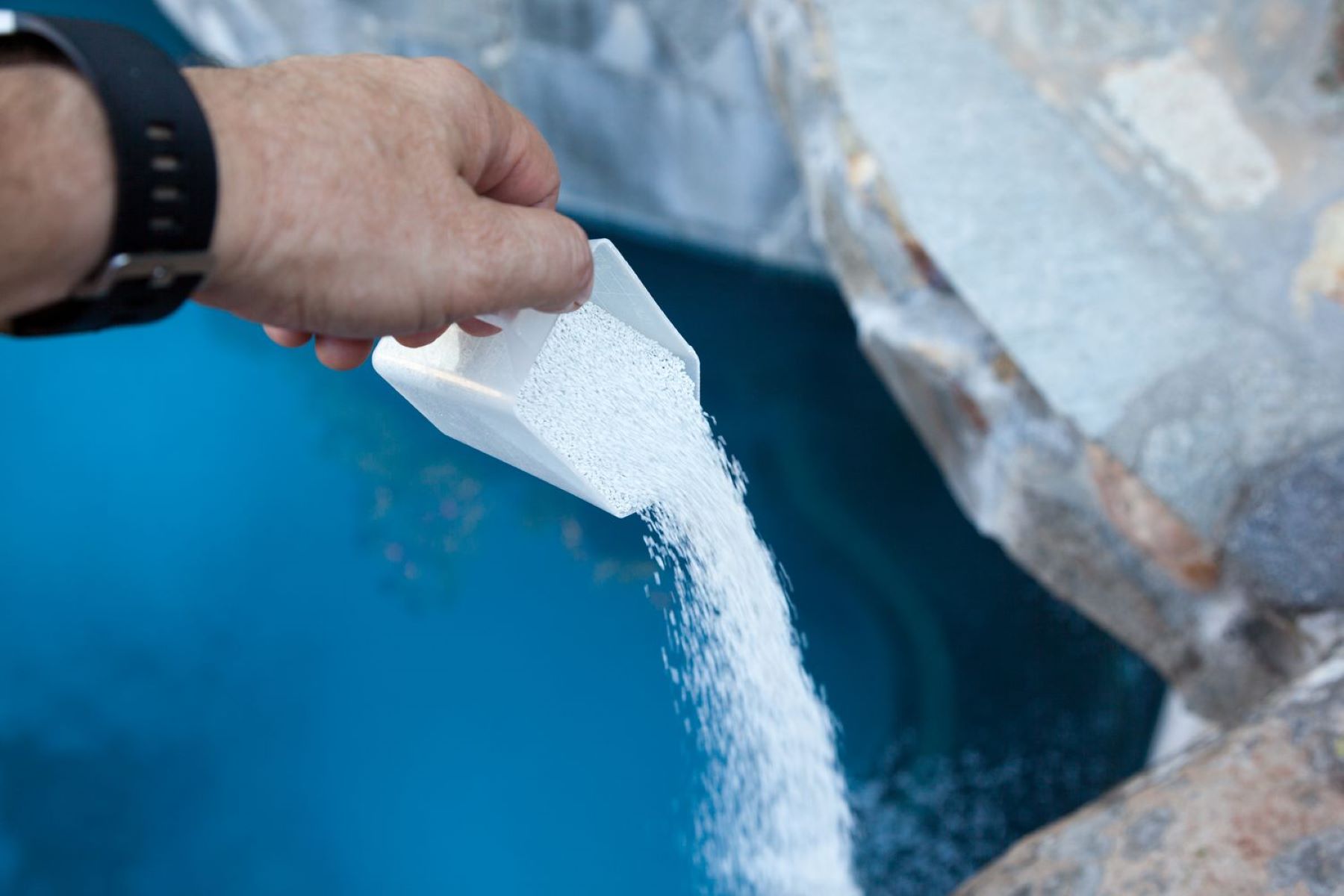
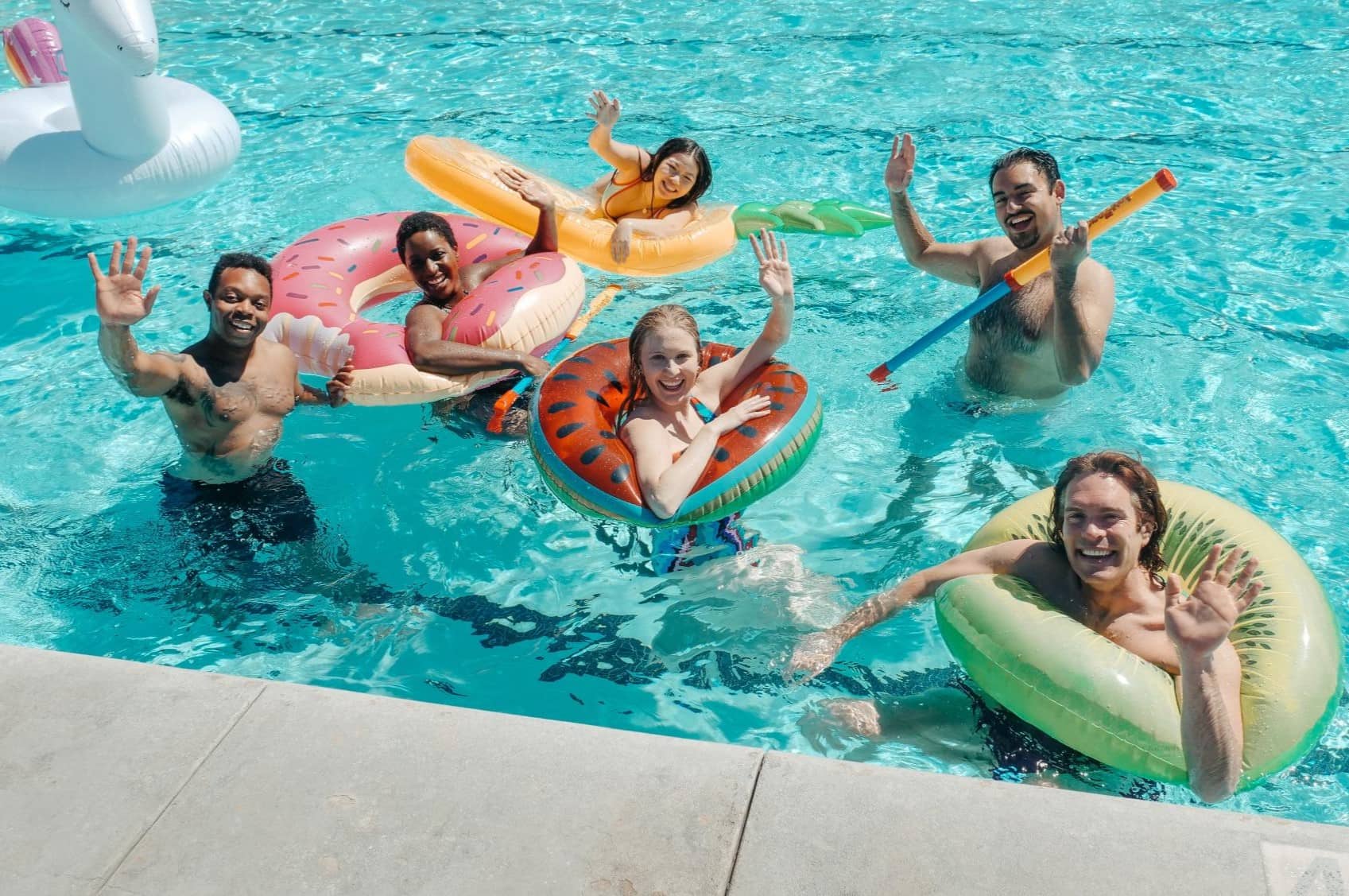
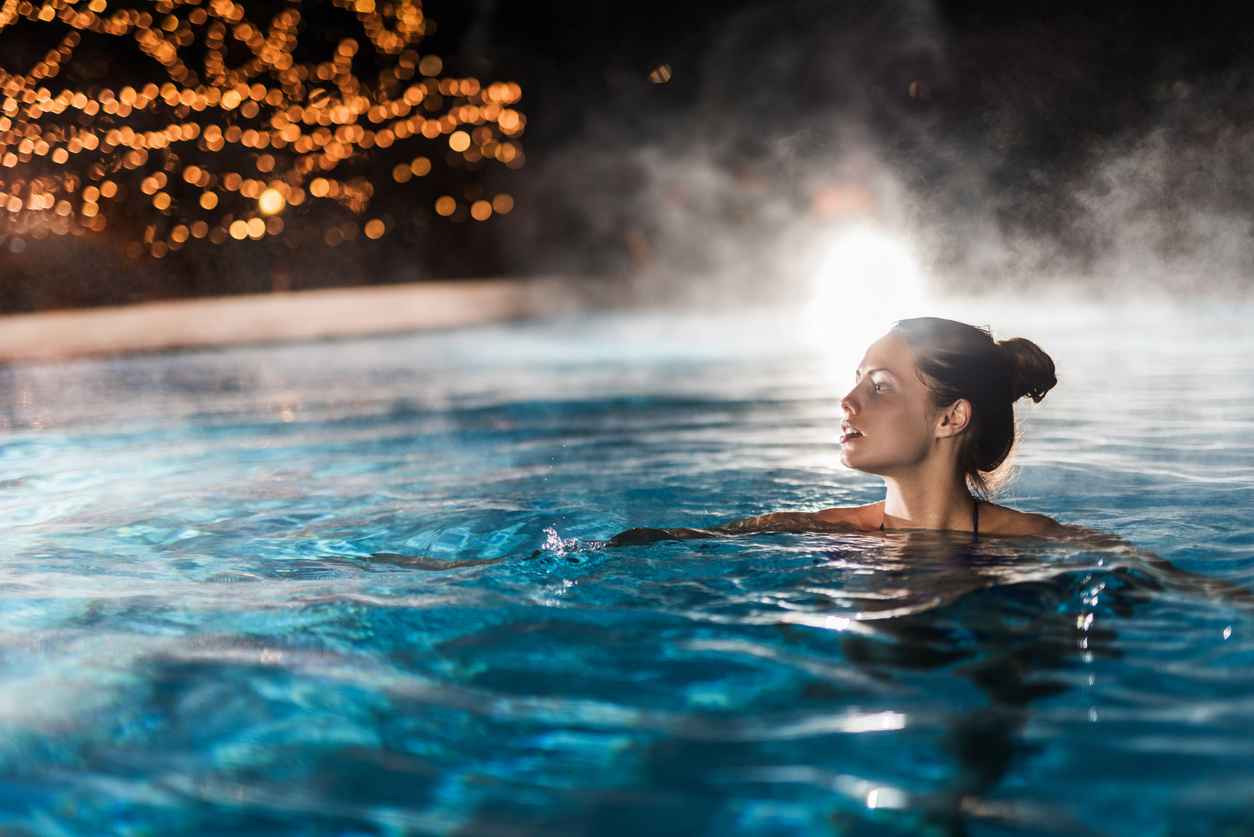
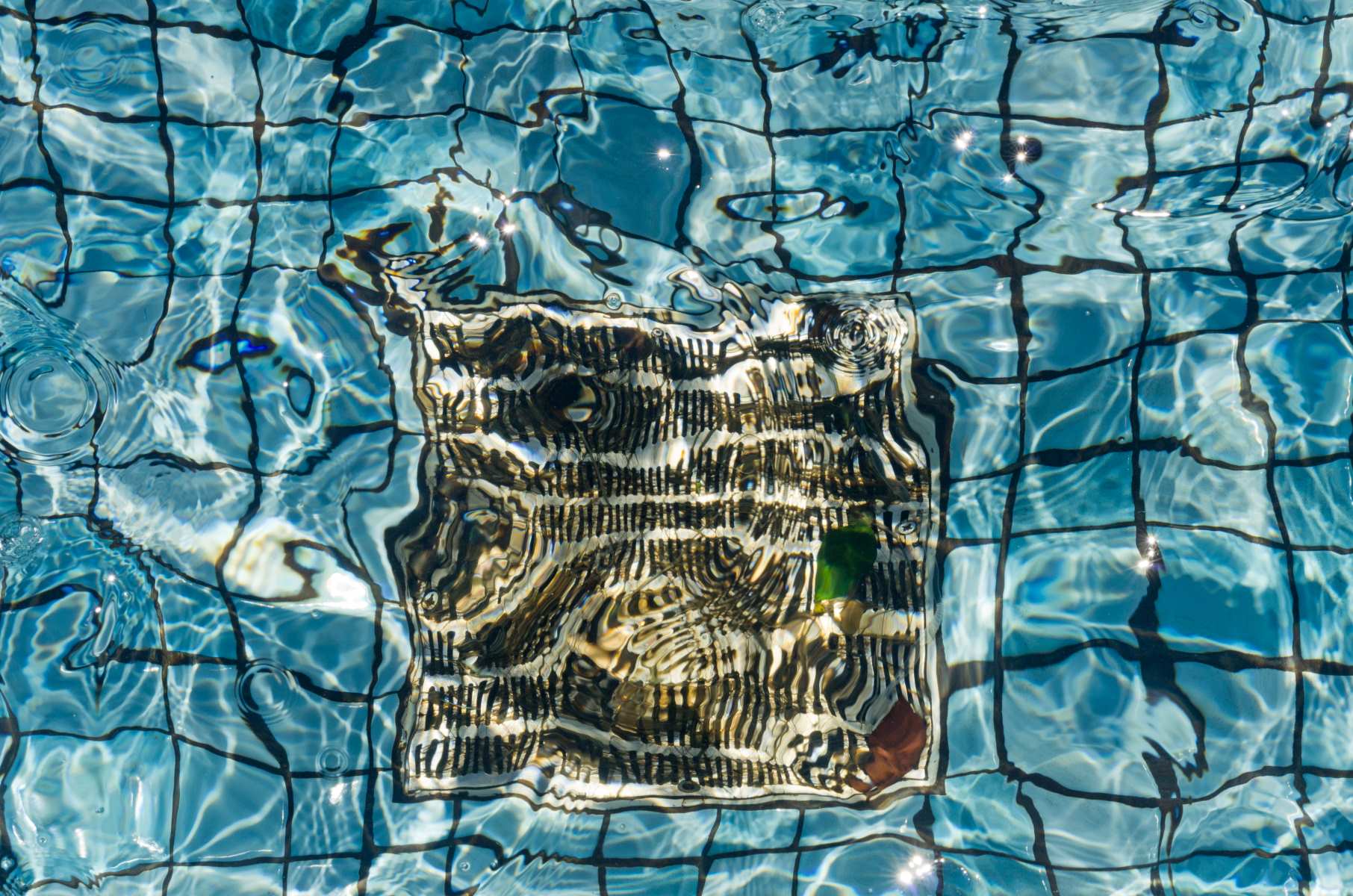
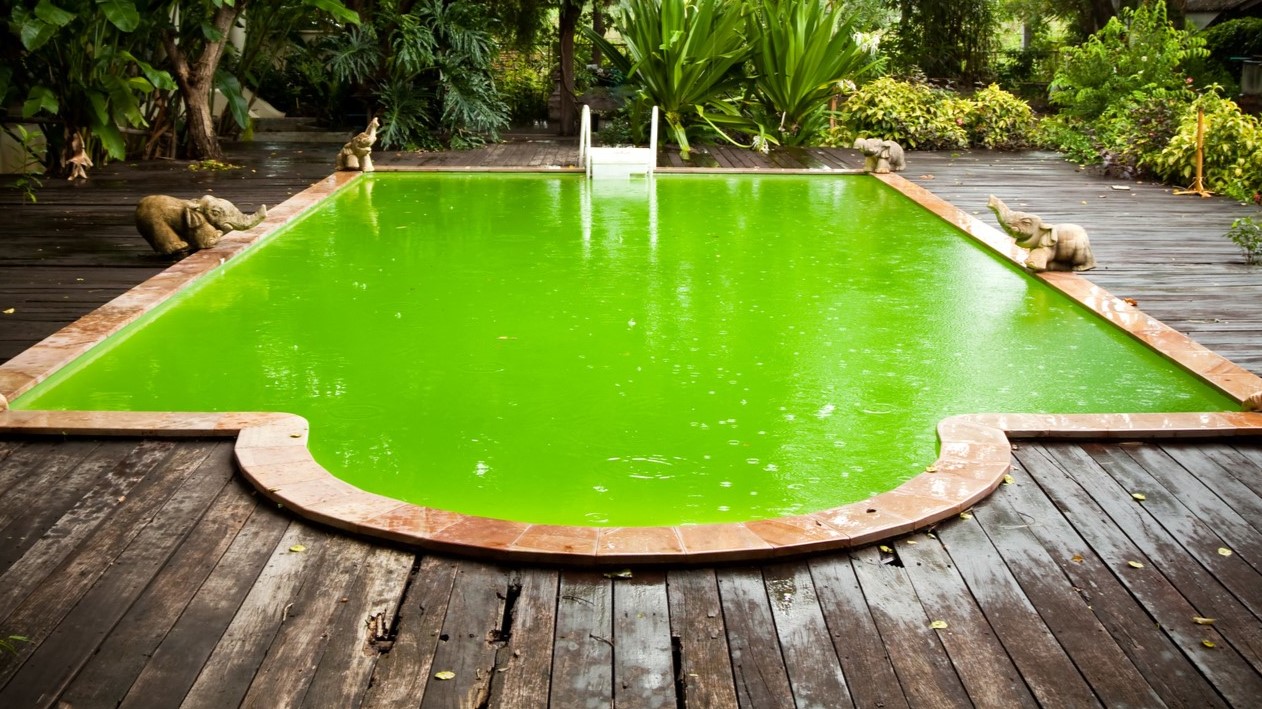

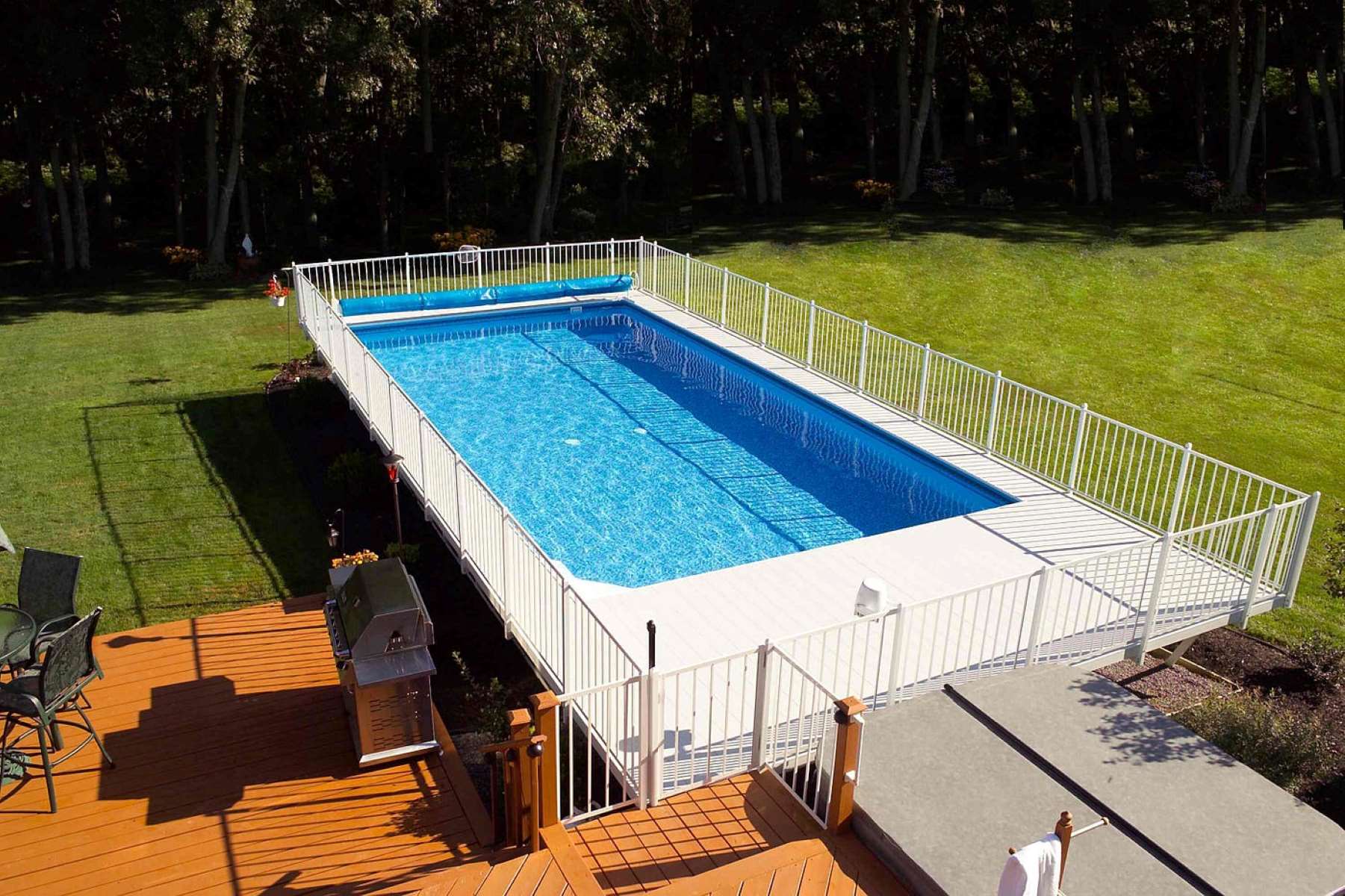

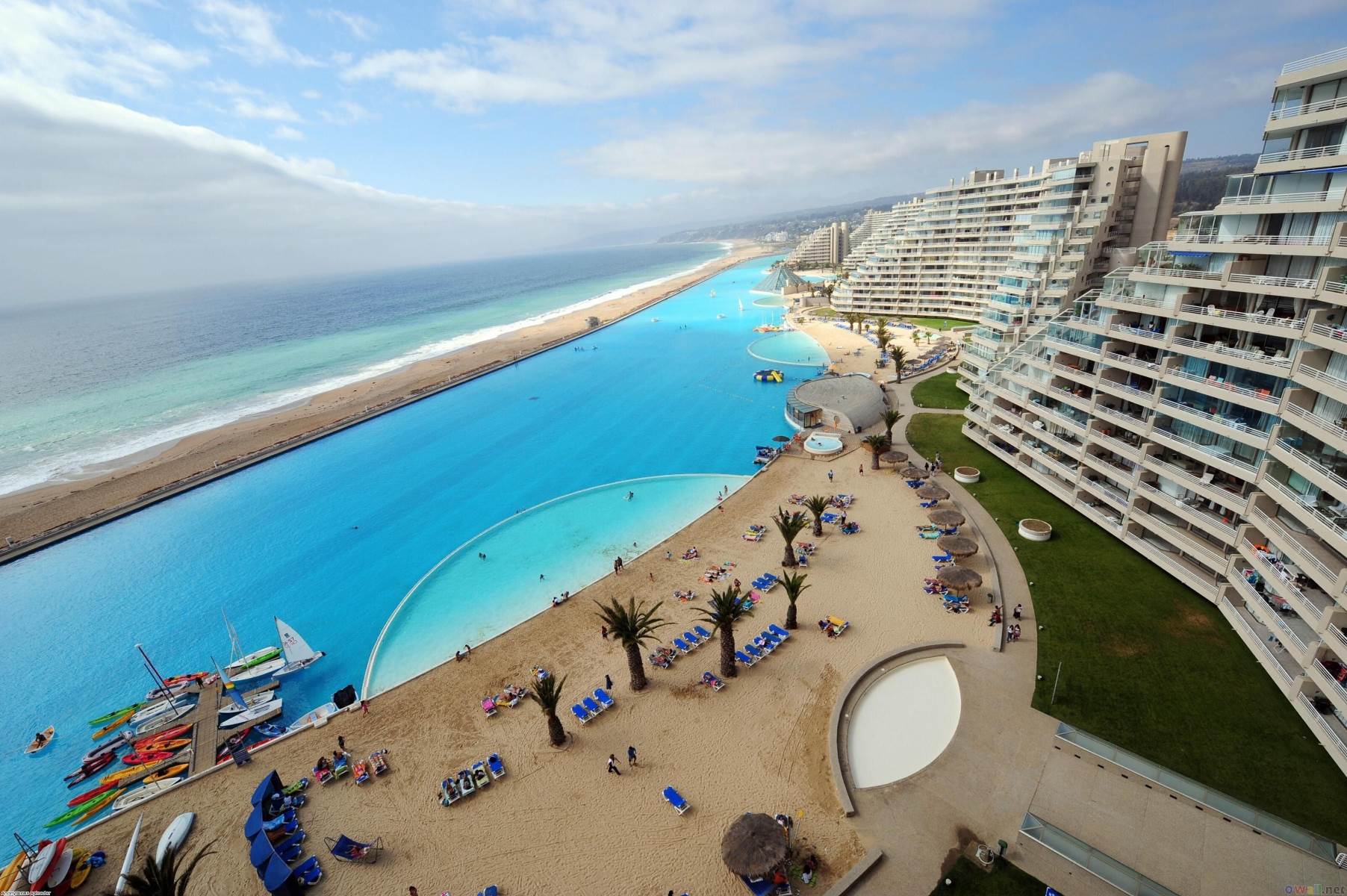

0 thoughts on “What Size Pump For A Swimming Pool”